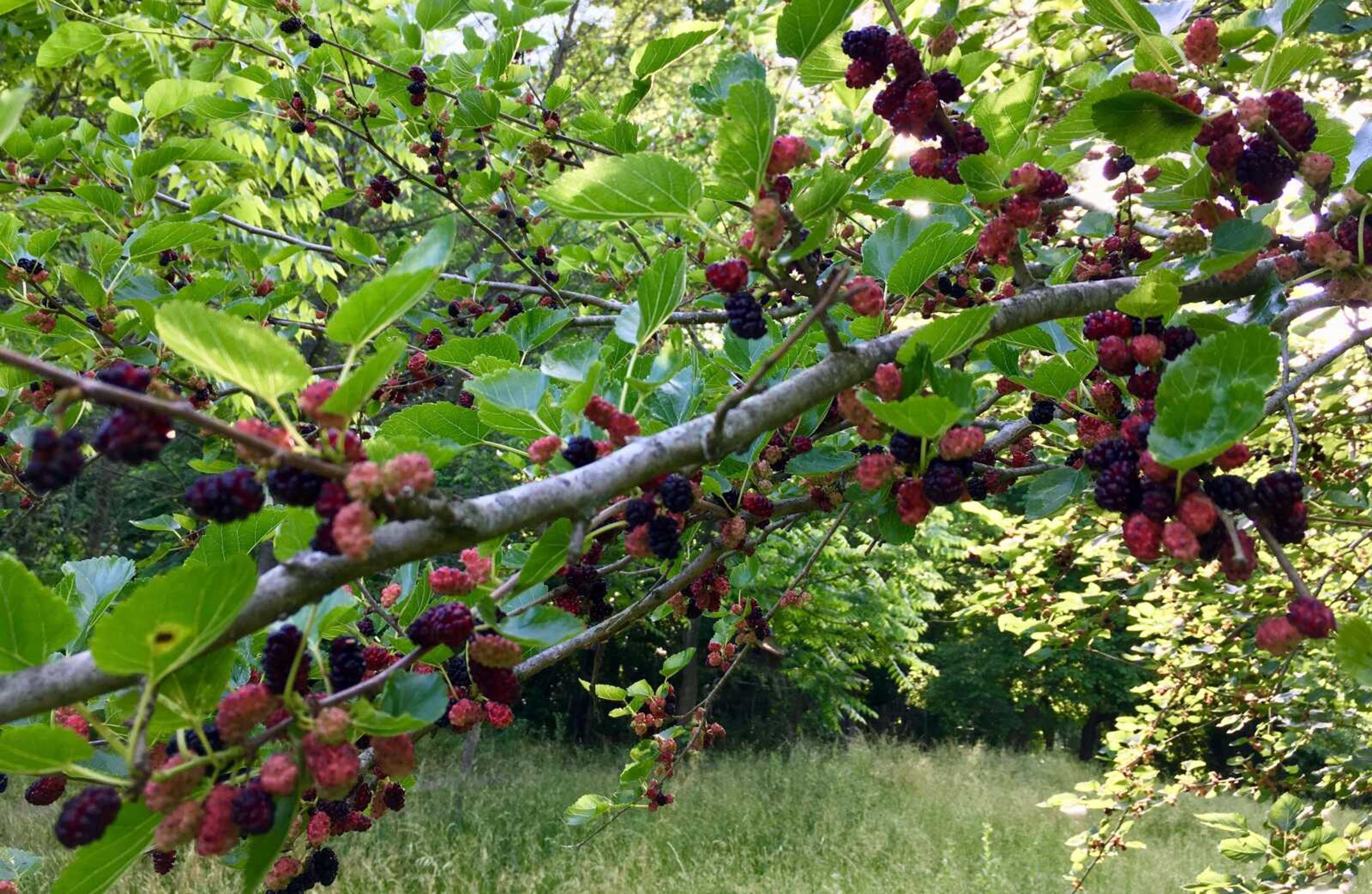By Aaron Horrell
At the edge of a hayfield I found a small tree with limbs hanging full of berries of many colors. The tree is a Red Mulberry, native to the southeastern third of the United States.
This tree is of no value for lumber, but it is very important to a large variety of wildlife. Whitetail deer will eat the tender new growth leaves, limbs and green berries in springtime. Some other animals that eat the ripe black berries include squirrels, raccoons, robins, blue jays, cardinals, and cedar waxwings.
The berries come ripe each year around Memorial Day. Mulberries are good in pies, pastries and pancakes. A good place to find a mulberry tree is in a fence row at the edge of a field. The purple juice from the berries will stain your fingers and clothes.
Connect with the Southeast Missourian Newsroom:
For corrections to this story or other insights for the editor, click here. To submit a letter to the editor, click here. To learn about the Southeast Missourian’s AI Policy, click here.










